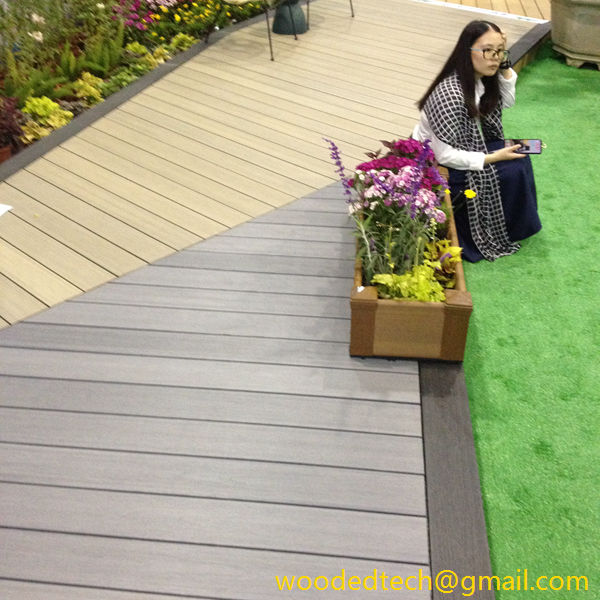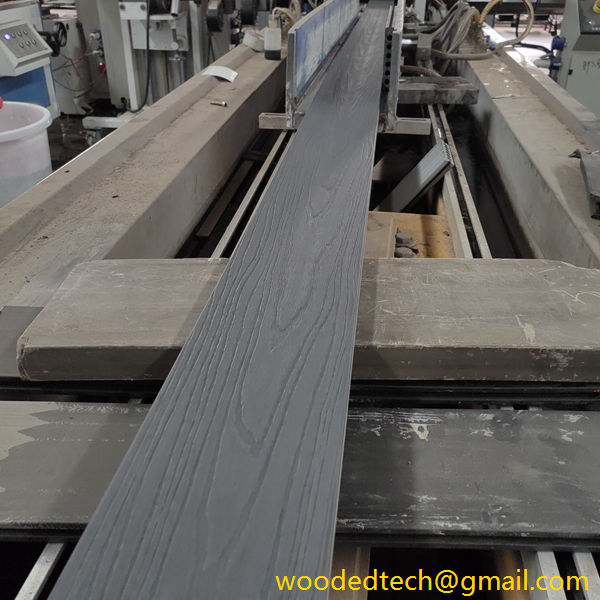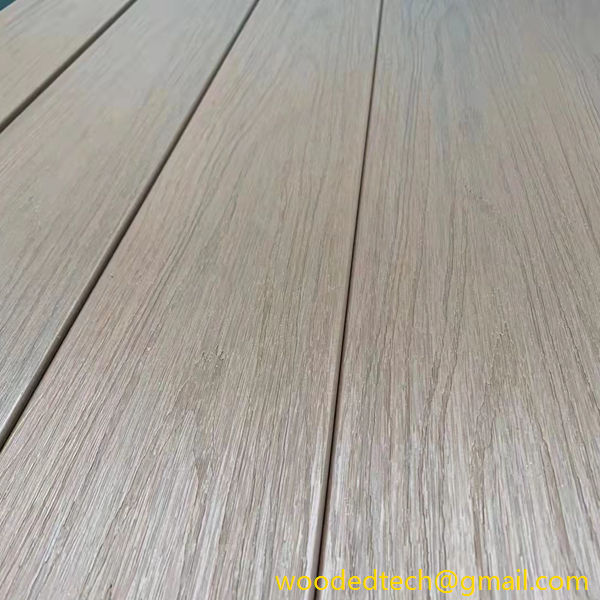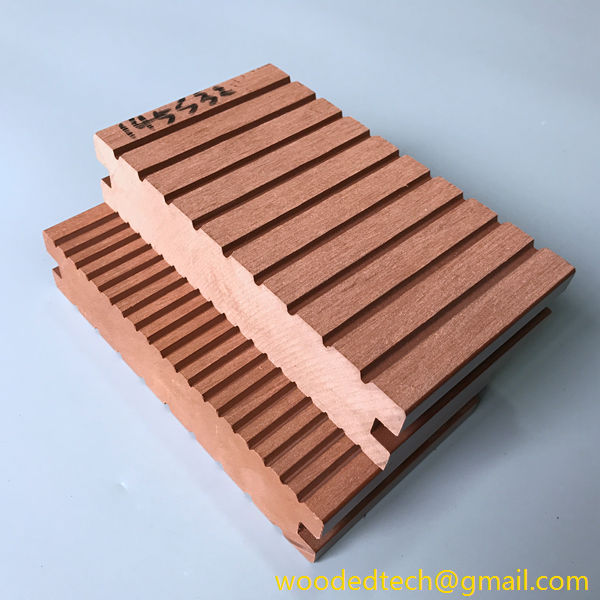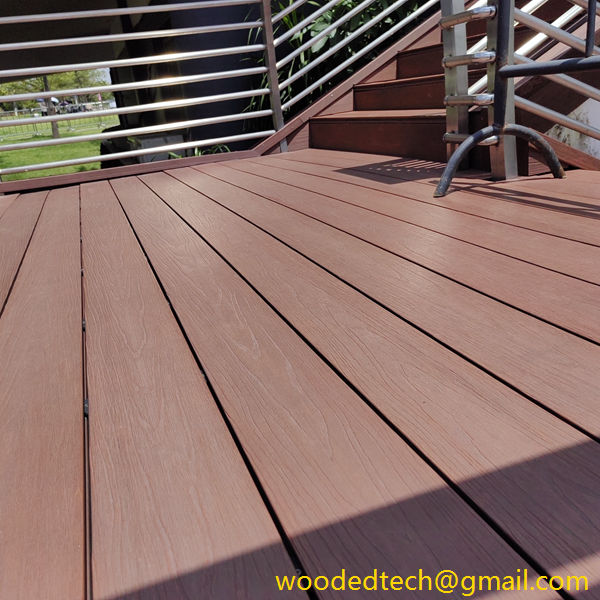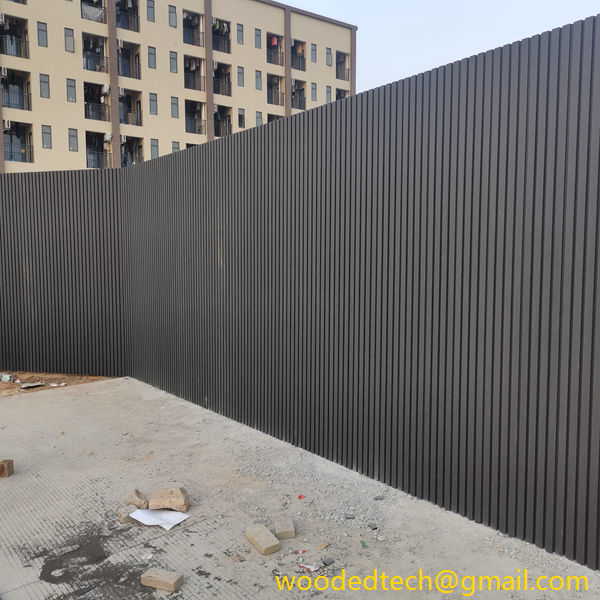Advantages of Core Decking WPC for Your Construction
Advantages of Core Decking WPC for Your Construction In the realm of modern construction and outdoor design, the choice of materials plays a crucial role in determining the durability, aesthetics, and sustainability of any project. One material that has gained significant traction in recent years is Wood Plastic Composite (WPC), particularly in the form of…
Advantages of Core Decking WPC for Your Construction
In the realm of modern construction and outdoor design, the choice of materials plays a crucial role in determining the durability, aesthetics, and sustainability of any project. One material that has gained significant traction in recent years is Wood Plastic Composite (WPC), particularly in the form of core decking. WPC combines the best features of wood and plastic, offering a range of customizable options that make it an ideal choice for various applications. This article explores the advantages of core decking WPC for your construction projects, highlighting its versatility, durability, maintenance ease, and environmental benefits.
One of the most compelling advantages of core decking WPC is its wide range of customizable materials. Unlike traditional wood decking, which often comes in standardized sizes and finishes, WPC can be manufactured to meet specific design requirements. This flexibility allows architects and builders to select from various colors, textures, and finishes to create unique outdoor spaces that align with their vision. Whether you desire a natural wood look or a bold contemporary style, WPC can be tailored to fit your aesthetic preferences. This customization extends beyond appearance; WPC can also be engineered to provide specific performance characteristics, such as increased slip resistance or enhanced UV protection.
Durability is another significant advantage of core decking WPC. Traditional wood decks are susceptible to a range of environmental factors, including moisture, insects, and rot. In contrast, WPC is engineered to withstand these challenges. The composite material is resistant to warping, splitting, and fading, ensuring that your deck retains its appearance and structural integrity over time. This durability means that core decking WPC is an excellent investment for both residential and commercial applications, as it requires less frequent replacement and repairs.
Moreover, the low maintenance requirements of core decking WPC make it an attractive option for busy homeowners and property managers. Unlike wood decking, which often requires regular staining, sealing, and painting to maintain its appearance and prolong its lifespan, WPC requires minimal upkeep. Cleaning is as simple as using soap and water or a gentle pressure wash to remove dirt and debris. This ease of maintenance not only saves time and effort but also reduces the long-term costs associated with deck upkeep.
In addition to its practical benefits, core decking WPC is also an environmentally friendly choice. The manufacturing process utilizes recycled materials, including wood fibers and plastic, which helps to reduce waste and minimize the demand for new natural resources. By opting for WPC, you are contributing to a more sustainable construction practice that prioritizes eco-friendliness. Furthermore, many WPC products are designed to be fully recyclable at the end of their life cycle, further enhancing their environmental credentials.
Another vital advantage of core decking WPC is its safety features. Many WPC products are designed with slip-resistant surfaces, making them an excellent choice for areas that experience moisture or heavy foot traffic. This characteristic is particularly beneficial for pool decks, patios, and commercial spaces where safety is a top priority. Additionally, WPC does not splinter like traditional wood, reducing the risk of injury from sharp edges and enhancing the overall safety of your outdoor environment.
The installation process of core decking WPC is also straightforward, making it a preferred choice among contractors. The material is lightweight, which simplifies handling and reduces labor costs. Many WPC manufacturers offer innovative fastening systems that allow for easy installation without visible screws or nails, resulting in a clean, polished appearance. This ease of installation further contributes to the overall efficiency of construction projects, enabling quicker turnaround times.
Aesthetic versatility is not limited to color and texture; core decking WPC can also be designed to mimic the look of natural wood grain or other materials, providing an authentic appearance without the associated drawbacks. This ability to blend seamlessly with various architectural styles makes WPC an attractive option for both contemporary and traditional designs. Whether you are looking to create a cozy outdoor retreat or a sleek modern space, core decking WPC can be customized to enhance your property’s visual appeal.
With all these advantages combined, it becomes clear why core decking WPC is becoming increasingly popular in construction and outdoor design. The combination of durability, low maintenance, environmental sustainability, and customizable aesthetics makes it a compelling choice for a wide range of applications. Whether you are a homeowner looking to improve your outdoor living space, a contractor seeking reliable materials for a commercial project, or an architect designing a new structure, core decking WPC offers a versatile solution that meets the demands of modern construction.
In conclusion, the advantages of core decking WPC are numerous and varied, appealing to both builders and end-users alike. The customizable nature of this material allows for creative expression while ensuring that practical needs are met. Its durability and low maintenance requirements provide peace of mind, while its eco-friendly properties contribute to a more sustainable future for construction. As the demand for innovative and efficient building materials continues to grow, core decking WPC stands out as a leading choice for those looking to balance aesthetics, performance, and environmental responsibility in their construction projects.





